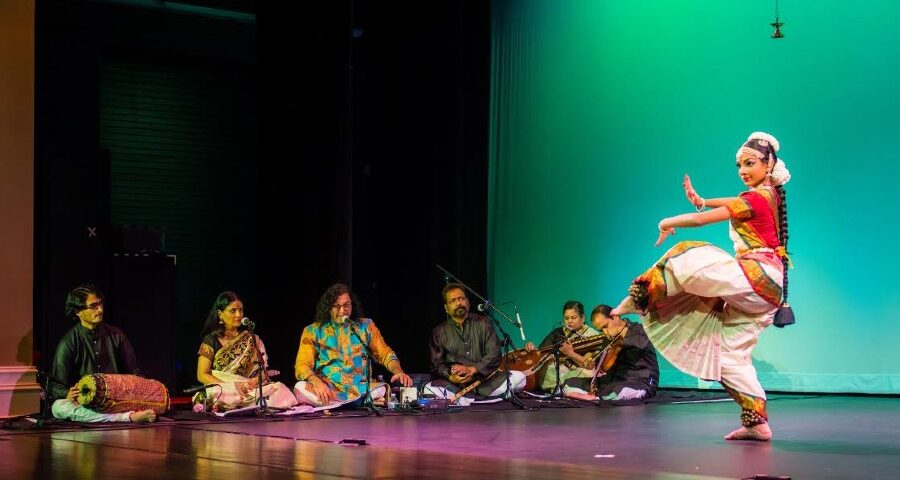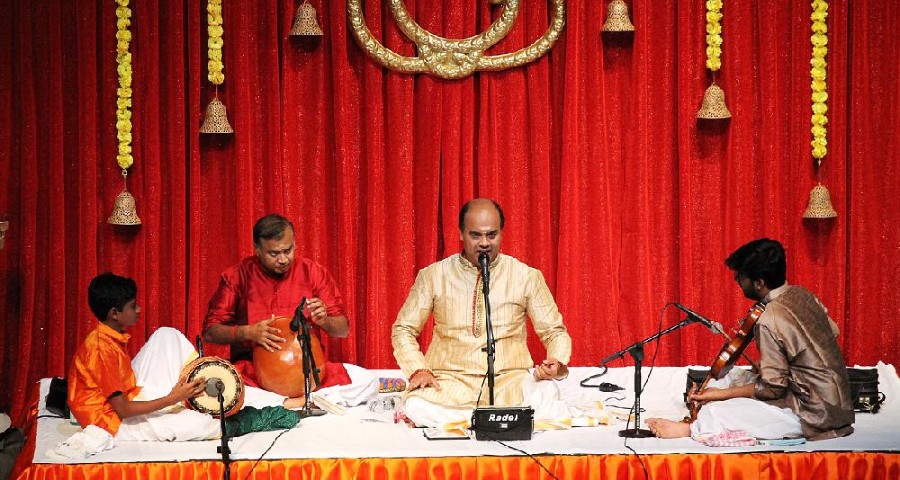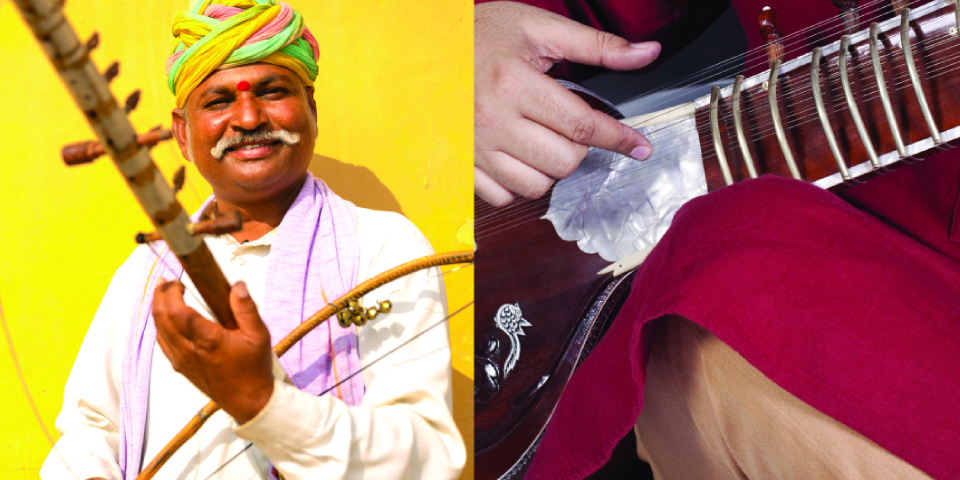The Music of Bharatanattyam

Project Management Lessons From The Music Industry
April 20, 2021
Career In Music Technology
July 8, 2021The Music of Bharatanattyam

Many aspects of Carnatic music are similar to Western classical music like the use of minor and major, and there are over two thousand Ragas in music. The music, however, is characterized by its complex rhythms and tala beats.
Veena (plucked instrument) and venu (flute or mridangam) accompany Bharatanatyam performances and Vadya trayam (the Carnatic instruments holy trinity) and drums.
A crucial aspect of this music is manodharmam, or improvisation, and although there are some striking similarities with blues and jazz music, not what you would expect from them. In contrast to western and classical music, Carnatic does not use harmonies or chord sequences.
The mridangam complements the rhythmic foot steps of the dancers, while the veena adds to the texture of its tala strings (the main strings of the flute) by embellishing the melody.
Another important instrument on stage is the Nattuvangam, a hand basin that is sometimes tapped by the dancers “feet. During the British colonization of India, the violin was added to the repertoire and replaced the Veena.
New instruments such as drum pads and special effects such as temple bells, sitars and Bhajan-style of North Indian piano pieces have made the use of more modern Bharatanatyam performances are more harmonious. The singers sing melody lines, which are made essential by the Sahithya texts presented by the dancers.

The Union of Bharatanatyam and Carnatic music.
Improvisation is a breathtaking sight, as it was in the last century. The arts, like other aspects of life, are constantly evolving and changing. This is also the future.
Geethalayam school of Bharatham in Chennai (https://geethalayam.com/) follows the accelerating globalisation as the major event, and believes that styles will blend and artists will begin to integrate ballet elements and Bharatanatyam harmonies into Carnatic music. Improvisation has not yet explored to the same extent as carnivalist music, but this can be seen more.
None of this is likely to happen. But as the new world explodes, I’m bringing this age-old tradition to our screens, social media, and the future of well-known artists. It has been practised today in all the Bharatanatyam class in chennai

